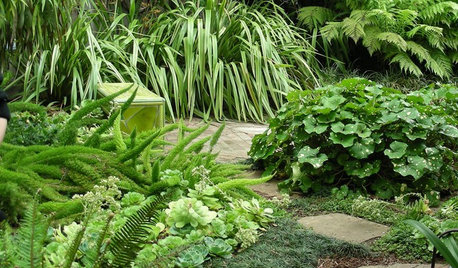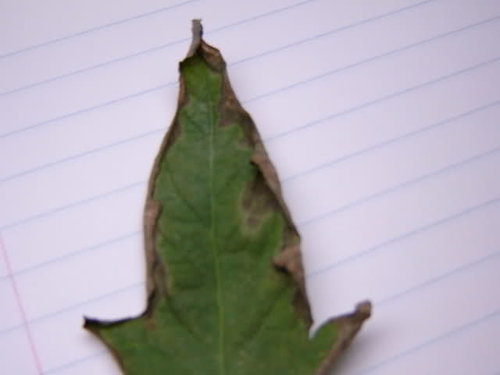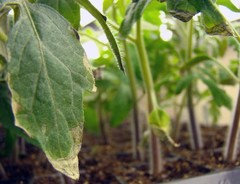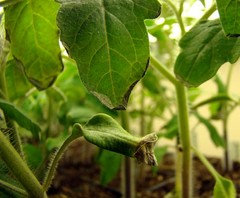Necrotic leaf margins (pictures)
teresa_in_md
18 years ago
Featured Answer
Comments (10)
LizzieA
18 years agocarolyn137
18 years agoRelated Professionals
West Milford Landscape Architects & Landscape Designers · Signal Hill Landscape Architects & Landscape Designers · Brockton Landscape Contractors · Canyon Lake Landscape Contractors · Chelmsford Landscape Contractors · Cliffside Park Landscape Contractors · Holland Landscape Contractors · Lemoore Landscape Contractors · Nashua Landscape Contractors · San Carlos Park Landscape Contractors · Bolingbrook Siding & Exteriors · Charlotte Siding & Exteriors · Guilford Siding & Exteriors · Riverside Siding & Exteriors · Wethersfield Siding & Exteriorsteresa_in_md
18 years agoaquaphy
15 years agoaquaphy
15 years agotomatobreeder
15 years agojitha_melathe
9 years agolindsayjgunn
7 years agogorbelly
7 years ago
Related Stories

HOME OFFICESQuiet, Please! How to Cut Noise Pollution at Home
Leaf blowers, trucks or noisy neighbors driving you berserk? These sound-reduction strategies can help you hush things up
Full Story
GARDENING GUIDES7 New Plants to Grow for Beautiful Foliage
Add color, structure and interest to your garden with these recently introduced plants that sport exceptional foliage
Full Story
HOUSEPLANTSIndoor Winter Gardens for Cheerier Days
Bring plants inside for drab-days mood boosting — not to mention cleaner indoor air and protection for your greenery
Full Story
DECORATING GUIDES15 Ways to Get the English Cottage Look
Look to nature, inexpensive fabrics and small swaps to conjure a country-house vibe
Full Story
GARDENING FOR BUTTERFLIESButterfly Gardening: Delight the Eyes With Living Sculptures
Surprise and thrill with a garden that attracts magical winged creatures, bringing color, movement and life
Full Story
MOST POPULARHouzz Tour: Going Off the Grid in 140 Square Feet
WIth $40,000 and a vision of living more simply, a California designer builds her ‘forever’ home — a tiny house on wheels
Full Story
LANDSCAPE DESIGNNatural Swimming Pools: More Beauty, No Chemicals
Keep your skin and the environment healthy with a pool that cleans itself, naturally
Full Story
KITCHEN DESIGN9 Kitchen Color Ideas With Staying Power
Stick to these classic color combinations for a kitchen that will never go out of style
Full Story
PLANTING IDEAS8 Sumptuous Shade Garden Plant Combinations
Enjoy these plant combinations made for spots with varying levels of shade and different garden zones
Full Story
FALL GARDENING20 Favorite Flowers for the Fall Landscape
Vivid blooms and striking shapes make these annuals and perennials a delight in autumn gardens
Full StorySponsored
Columbus Area's Luxury Design Build Firm | 17x Best of Houzz Winner!
More Discussions













gringojay